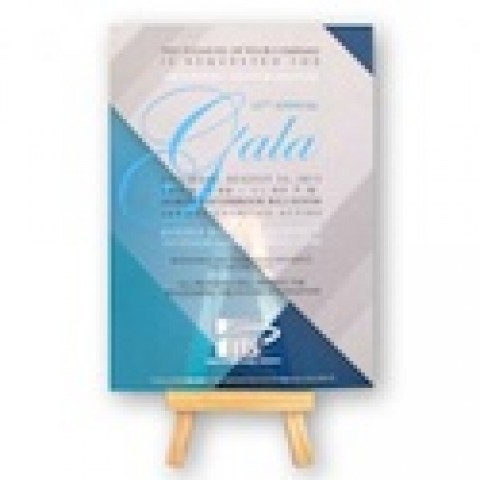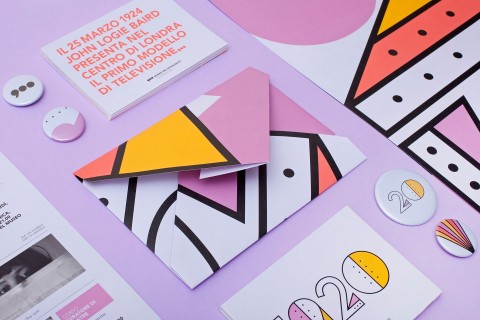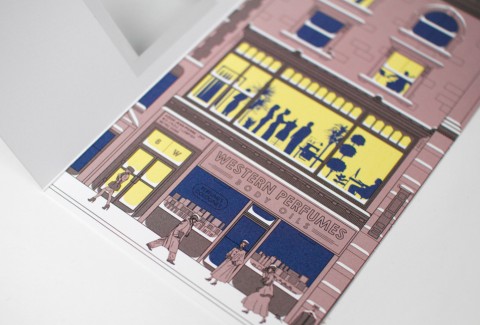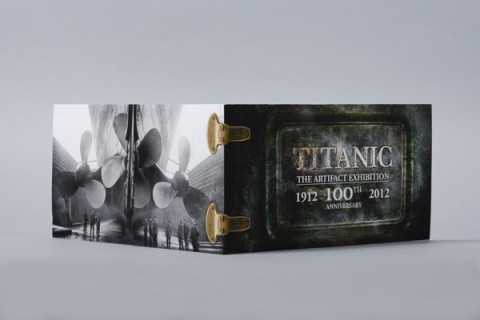In September, Neenah Paper sponsored PaperSpecs’ Beyond the Tri-fold Webinar with Trish Witkowski, founder of the online community www.foldfactory.com and creator of the FOLDRite system.
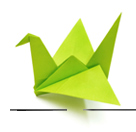 As well as record-breaking attendance, we had record numbers of questions for our folding expert. Trish was kind enough to answer offline the queries we did not have time for during the Webinar Q & A. They are presented below.
As well as record-breaking attendance, we had record numbers of questions for our folding expert. Trish was kind enough to answer offline the queries we did not have time for during the Webinar Q & A. They are presented below.
Q: Which should come first: the design concept or the choice of fold?
TW: The choice of fold should come first, but based upon the content you have to work with. Each folding style presents a different user experience, and your content should complement that folding style. If you design first, you can lose sight of that experience and try to create a fold that works with your design. That’s when things go wrong from both an aesthetic and a technical perspective.
Q: Do you have any experience with wet scoring?
TW: I don’t have experience with wet scoring personally; however, my friends at Bindagraphics provide this explanation: On some jobs, the paper might undergo wet scoring to make it more pliable. Applied by hydraliners on a paper-folding machine, wet scoring is used mainly on uncoated stocks. A hypodermic needle feeds a mixture of 35 percent isopropyl alcohol and 65 percent water along the area of the paper that will be folded, softening the fibers sufficiently to make folding less torturous to the stock. This method is not recommended for use on coated stocks, since the water tends to bead up on the coating rather than penetrate into the fibers. Bleach can be added to the mixture to help it bite through the coating, but this weakens the coating and causes inks to change color.
Q: Do you suggest folding with the ridge of a score or against? I’ve seen opinions both ways, but experience seems to provide better results for against?
TW: In my experience and research, definitely against (scoring bulge facing inward).
Q: Does the snake fold require hand finishing?
TW: Yes, it does. However, I’ve been told that just about any folding style, in very large quantities, can be automated. For example, I have a folding sample of a direct mail piece for CDW that has a variation of a snake fold on it, and I’m certain it was produced in hundreds of thousands, and I’m certain it was automated. Here’s a link to the video – first on the list Letter with Snake Fold Direct Mail Piece.
Q: Do you suggest that designers make folding dummies on the actual stock in order to know compensation?
TW: In my opinion, the folding dummy on actual stock has more to do with the feel and weight – basically, can that sheet carry that folding style, and will it look and feel the way you want it to (or will it tip the scales at the post office?)? The compensation amount is pretty standard, and unless you’re really using a heavy sheet, it should be generous enough to accommodate the difference between, say, a 70 lb. and 80 lb. stock.
Q: Trish, do you have any plans for a ‘sample fold’ pack? Maybe just blank white cardstock with sample folds that can be shown to clients?
TW: We actually entertained that idea at one point; however, there is a lot of expense involved in producing, marketing and distributing it. That’s actually why we got into video. I felt there could be a lot of value in providing “idea” videos of real printed pieces. Currently, we have over 140 videos posted, and you can e-mail them to vendors and clients and colleagues.
Q: How do you rank manufacturer folding equipment, e.g. Stahl, MBO, etc. for the best folding equipment?
TW: I actually just wrote a feature article for Graphic Arts Monthly magazine reviewing folding machines from all of the major manufacturers. I found that they are all quality machines; however, your unique workflow and requirements will really drive which make and model is best for you.
Q: When is cracking at the fold the paper’s fault, a design flaw or the bindery’s fault? How do you know?
TW: Personally, I’ve known situations where people have tried to cut corners and gone against their printer’s recommendation to score and had a bad result. If you’re not at least warned of the potential for cracking (due to the weight of the sheet, heavy coverage at the folds or folds against the grain), or if you inquire about cracking and you’re told not to worry about it and your project comes back with cracking, then you should have a discussion with your printer regarding your dissatisfaction with a poor quality product.
Q: Can you provide contact info for the printers mentioned?
TW: Absolutely. They are:
Pop-out Accordion, Iron Cross with Die, Roll with Nested Accordion: Whitmore Group
Day/night piece: Standard Finishing Systems (manufacturer)
Snake Fold: ITP, Elizabethtown, PA
Twist Fold, Triangle Fold: Specialties Graphic Finishers , Toronto, Canada
Here are two other great options for specialty work:
Bindagraphics and Rickard Bindery
Q: Are there recommendations on machines or ways to bring folding in-house to in-plants? How about the smaller automated folding machines from Duplo or maybe Morgana?
TW: There are some outstanding solutions out there for inline finishing for in-plants right now. A trend of the manufacturers is to create machines that can work inline and offline. There’s a link above for the article I wrote recently, and it will give you a good overview. I also put together a page on foldfactory that has downloadable information about all of the technologies mentioned (and then some).
Q: How much extra production time for average folds? Gate and/or accordion?
TW: Depends. If your printer has a gate attachment to make the last fold on a gate automatically, then it’s not that bad. If they have to make the final fold by hand, it could take some time. Accordions are pretty standard, and unless you have more than six panels for the accordion, you’re likely in pretty standard makeready and production.
We also got a few great tips from printers who chimed in during the Webinar.
Regarding the question about whether to build a file to trim size or to float it on a page with crop marks: “Never float a design, most prepress departments use an imposition program.”
Regarding fold quality from a mechanical perspective: “Great folds will not occur on equipment that has not been maintained. It should be a strong message for all trade folks.”
On the weight of paper for the fold: “Keep in mind that large quantities that might be printed on the web (and automated folding or scoring) usually can’t go over 100 lb. text or 80 lb. cover.”
On scoring guidelines: General rule of thumb is the score should be 2.5 times the caliper.
If you missed Beyond the Tri-fold Webinar or would like to listen again, please go to PaperSpecs to view the recording.

